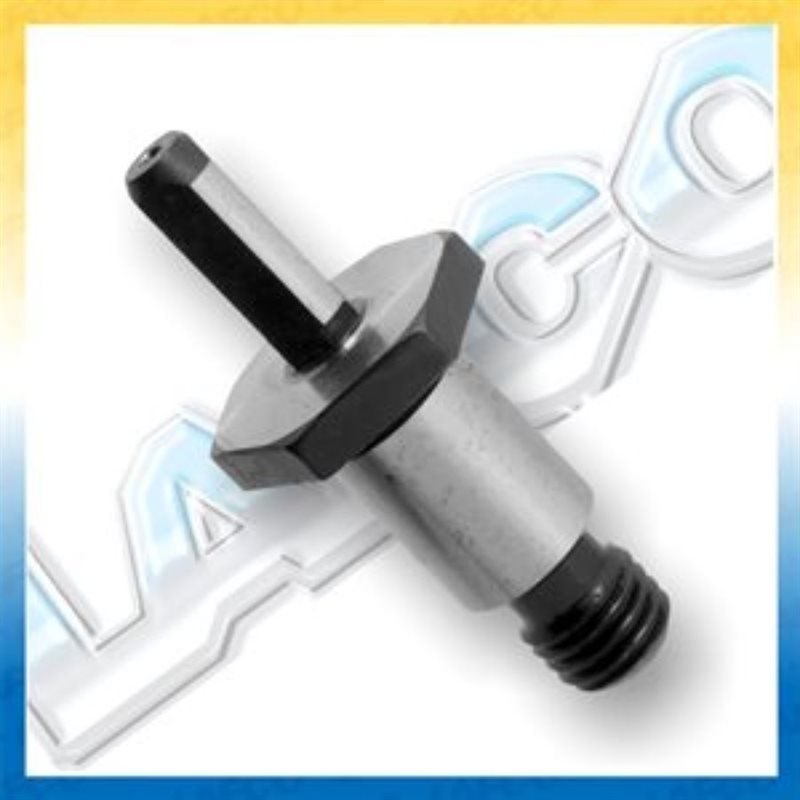

The liner is primarily intended for workholders in long production runs or for applications where heavy wear is a concern. The machined recess on the shoulder is for a lockscrew that holds the locating pin in position, Figure 7-4. This liner is pressed into the tool body and affords the locating pins a hardened, wear-resistant mounting hole. Shoulder-type locating pins are made in two styles the press-fit type for permanent installation,Īnd the lockscrew type with a slip fit for renewable installation. The lockscrew type, however, should be installed with a locating-pin liner bushing.įigure 7-3. The press-fit type is pressed into the tool body in the same way as a plain-type locating pin. Unlike the plain pins, shoulder-type pins are made in two styles: press-fit type and lockscrew type, Figure 7-3. The purpose of the shoulder is to prevent the pin from being pushed into the tooling plate too far. These pins have a shank larger than the head. The shoulder-type pins likewise locate the workpiece in the horizontal, x and y, axes. The vertical location and support, in the z axis, are provided by other supports. Plain locating pins provide the necessary horizontal location, in the x and y axes, for the workpiece. They are normally used for workholders in short-to-medium production runs where there is no need for pin replacement. Plain locating pins are pressed directly into the tool body. Here, a standard pin size strong enough to resist machining forces is the best choice. For external location, the size of the locating pin is not as critical.

These locators come in many standard sizes, and are readily available ground to special diameters. For internal location, the diameter of the pin must match the size of the locating hole. Round pins can be used for both internal and external workpiece location. This second type is retained by a lockscrew. Pin directly into the tool body, or slipping them into a bushing. They are (normally) installed by either press fitting the These locating pins come in a wide range of diameters. Two common types of locating pin: plain and shoulder-type. Pin locators are available in two basic styles, either plain or with a shoulder.įigure 7-2. The most common form of locator is the pin type, Figure 7-2.


 0 kommentar(er)
0 kommentar(er)
